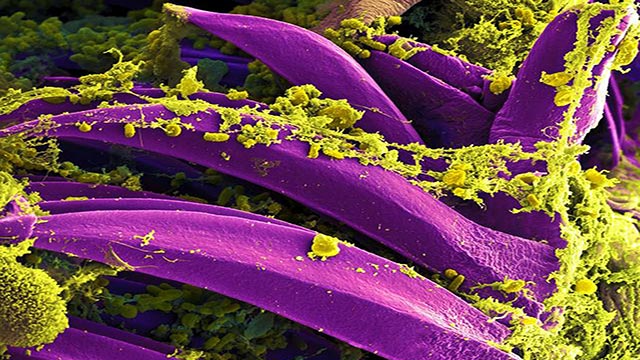-
Tips for becoming a good boxer - November 6, 2020
-
7 expert tips for making your hens night a memorable one - November 6, 2020
-
5 reasons to host your Christmas party on a cruise boat - November 6, 2020
-
What to do when you’re charged with a crime - November 6, 2020
-
Should you get one or multiple dogs? Here’s all you need to know - November 3, 2020
-
A Guide: How to Build Your Very Own Magic Mirror - February 14, 2019
-
Our Top Inspirational Baseball Stars - November 24, 2018
-
Five Tech Tools That Will Help You Turn Your Blog into a Business - November 24, 2018
-
How to Indulge on Vacation without Expanding Your Waist - November 9, 2018
-
5 Strategies for Businesses to Appeal to Today’s Increasingly Mobile-Crazed Customers - November 9, 2018
Second Colorado resident dies of plague
An adult in Pueblo County has become the second person to die from the plague in Colorado this year.
Advertisement
A teenager in Larimer County died earlier in 2015 from the plague.
Keep pets from roaming or hunting out in the open, and use flea control products, the Pueblo County Health Department recommends.
Plague is transmitted from rodent to rodent by infected fleas, which pass plague to other animals or people through bites.
Cases of the plague are rare, and deaths are even rarer.
Because of how the glands are not prone to swelling with this strain – a key symptom of the plague – experts have found it hard to detect and diagnose.
Today the disease is exceptionally rare in the US – with an average of just seven cases identified each year. The state has seen in a rise in the number of cases spread by small animals this year, including rabbit fever, after a wet spring created unusually lush vegetation that supported a boom in the animal population.
In a separate case, a man in Boulder, Colo., is recovering from the disease after coming into contact with a dead chipmunk that was carrying the plague.
Centuries after ravaging millions, the plague has come to modern-day Colorado – leaving a devastated family behind, after their loved one succumbed to the disease.
While all types can be treated and cured when antibiotics are given soon after infection, all of them are deadly when treatment is delayed.
Advertisement
The Centers for Disease Control and Prevention found, in a report released April 30, that a pit bull was at the heart of a plague outbreak that sickened four people previous year. “Residents are encouraged to call and report any unusual die-off of rabbits or prairie dogs to the Pueblo City-County Health Department at (719)583-4307, and stay away from the die-off area”, Sylvia Proud, public health director of the Pueblo City-County Health Department, said in a press release.




























